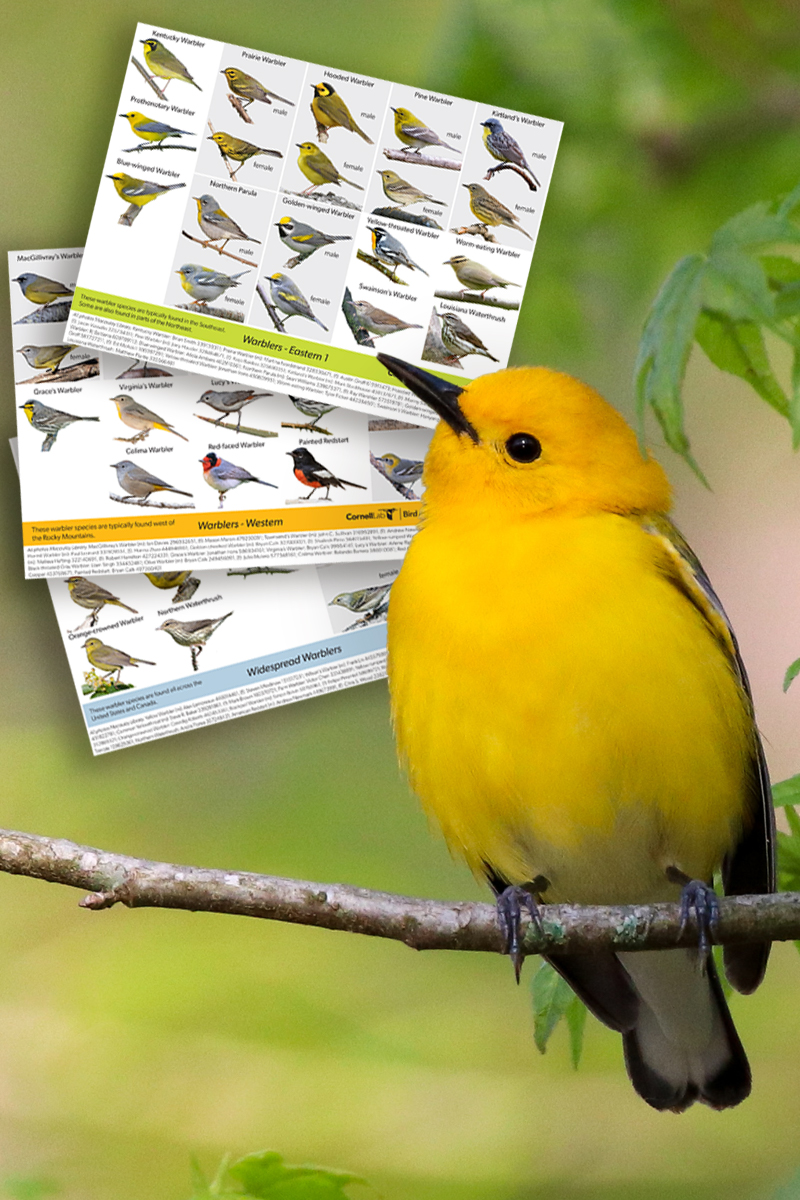- ORDER: Pelecaniformes
- FAMILY: Threskiornithidae
Basic Description
White Ibises gather in groups in shallow wetlands and estuaries in the southeastern United States. At each step, their bright red legs move through the water and their curved red bill probes the muddy surface below. As adults, these striking wading birds are all white save for their black wingtips, but watch out for young birds that are brown above and white below. White Ibises nest in colonies in trees and shrubs along the water's edge, changing locations nearly every year.
More ID InfoFind This Bird
A visit to a coastal wetland in the Southeast any time of the year will likely be dotted with large white and dark wading birds. White Ibises stand out in the crowd with their reddish pink legs and bills. White Ibises tend to move around in large groups depending on water depth, so look for shallow wetlands or flooded fields to find foraging birds. Unlike larger herons who stalk their prey, White Ibises spend more time walking through wetlands. In some areas they now forage in urban parks and lawns, so don't be surprised if you find one outside of a wetland, especially in southern Florida.
Other Names
- Ibis Blanco (Spanish)
- Ibis blanc (French)
- Cool Facts
- Male White Ibises are super protective. They guard the nest and their female to prevent other ibises from stealing sticks from the nest and from advances of other males during nest building and egg laying. It's not until night when the risks are lower that the female is left alone.
- When baby White Ibises hatch their bills are straight. Their bills don't start to curve downward until they are 14 days old.
- The mascot of the University of Miami in Florida is a White Ibis, affectionately called Sebastian the Ibis. Legend has it that they choose the White Ibis for their heroic ability to withstand hurricanes, which is the name of the university’s football team.
- Female White Ibises are smaller than males, weighing nearly 10 ounces less on average with a smaller bill and shorter wings.
- The oldest recorded White Ibis was at least 16 years, 4 months old when it was found in Florida in 1972. It was banded in Alabama in 1956.


